Membrane Transporter/Ion Channel
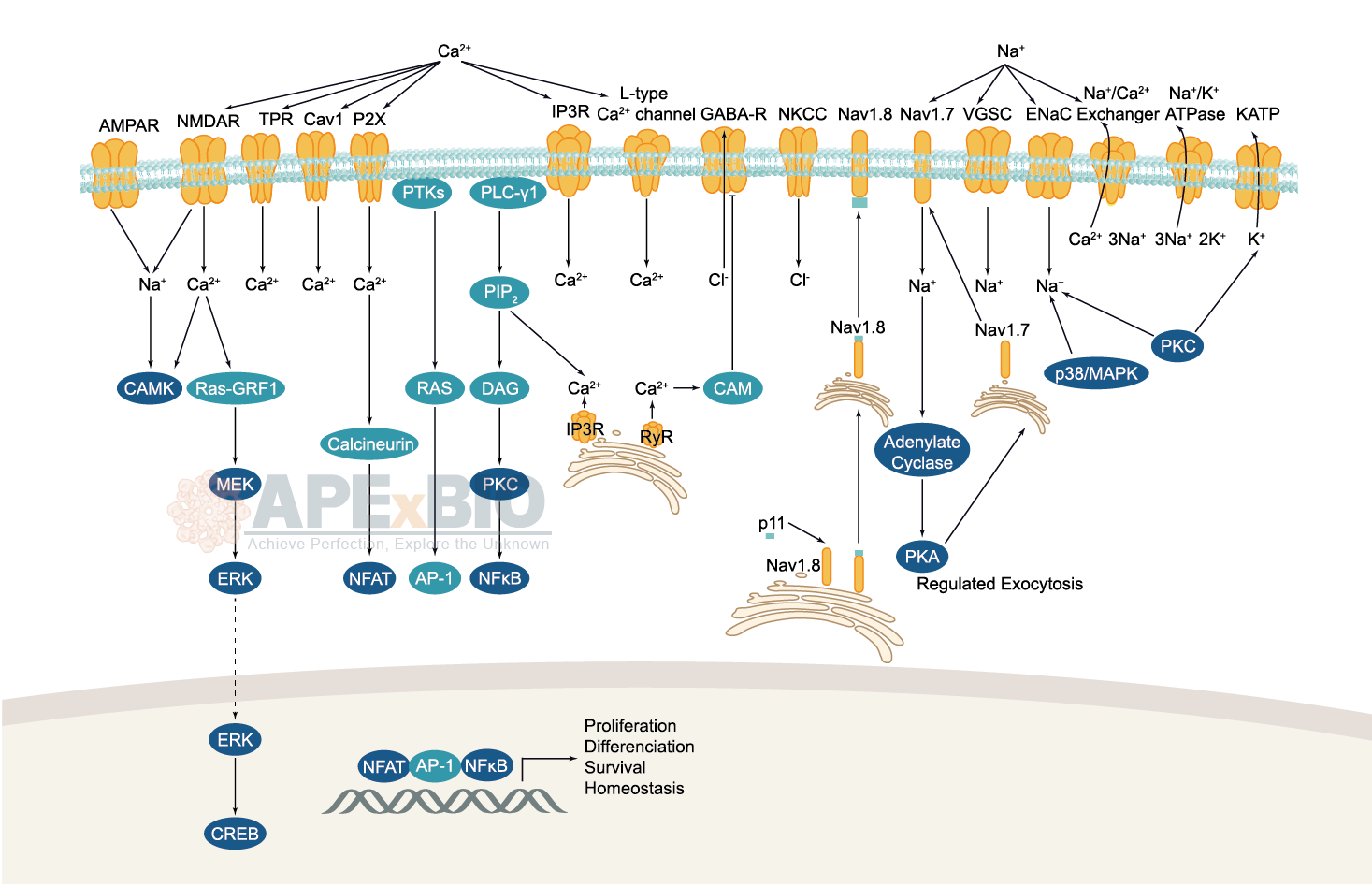
Ion channels are pore-forming membrane proteins which allow the flow of ions across the membrane. The ion channels can be broadly grouped into six families including calcium channels, chloride channels, potassium channels, sodium channels, gap junction proteins and porins. Not all ion channels are gated, such as certain type of K+ and Cl– channels, transient receptor potential superfamily of cation channels, the ryanodine receptors and the IP3 receptors, but most Na+, K+, Ca2+ and some Cl– channels are all gated by voltage. Ligand-gated channels are regulated in response to ligand binding (e.g. neurotransmitters signaling). These ligand-gated neurotransmitter receptors are known as ionotropic receptors. Various neurotransmitters couple to ionotropic receptors such as glutamate, acetylcholine, glycine, GABA, and serotonin.
-
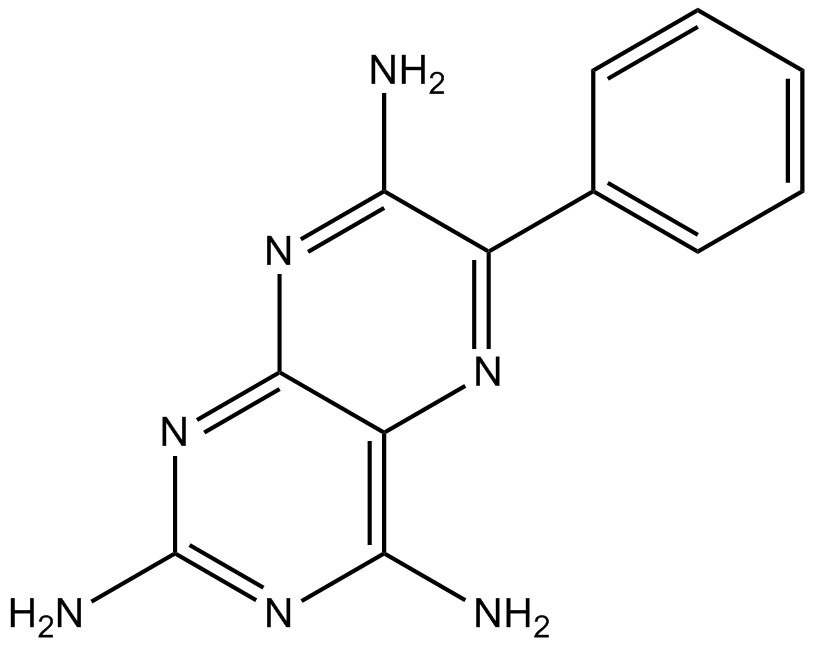 B2275 TriamtereneSummary: Sodium channel inhibitor
B2275 TriamtereneSummary: Sodium channel inhibitor -
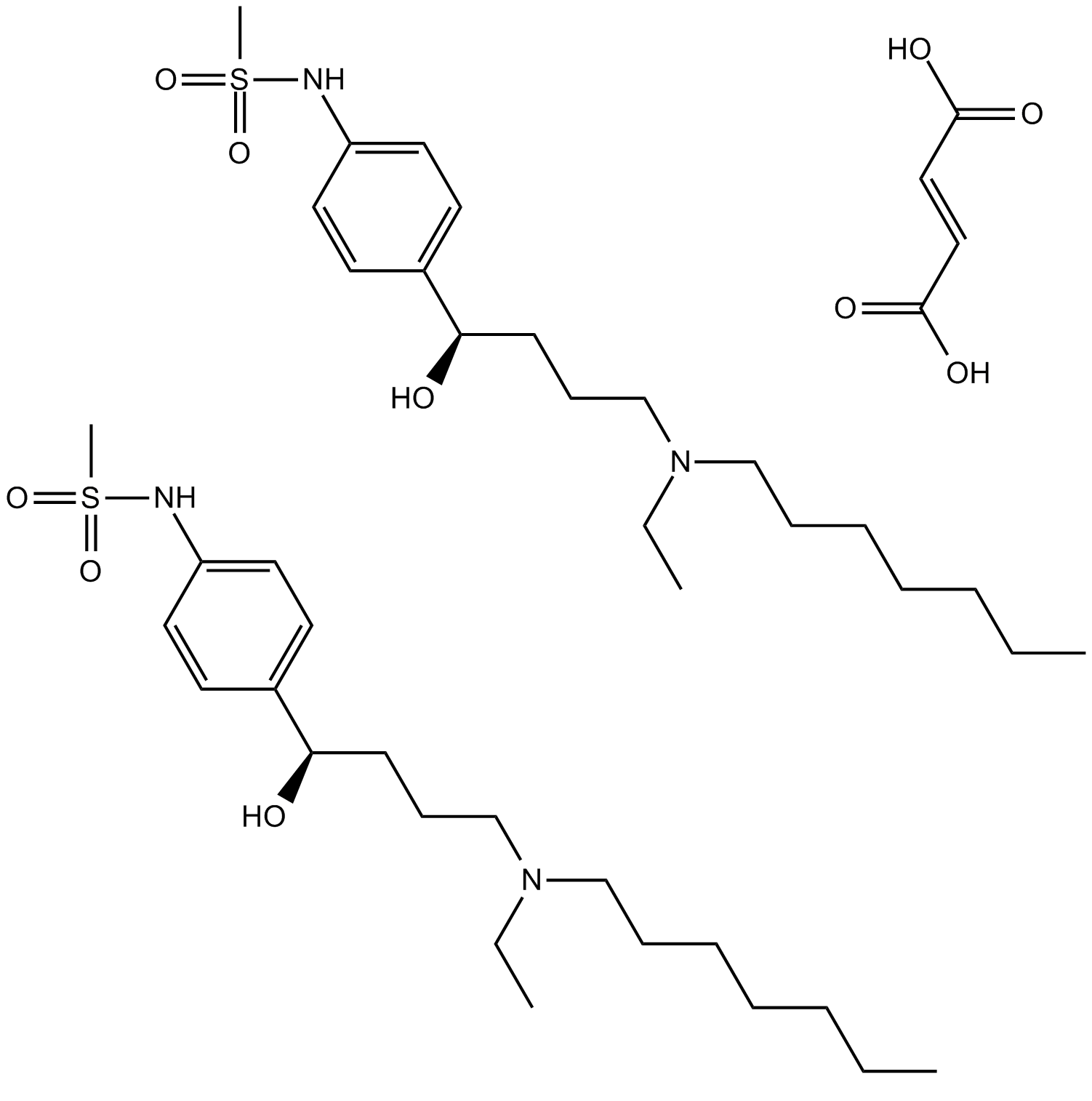 B2278 Ibutilide FumarateTarget: Voltage-gated Potassium (KV) Channels|Voltage-gated Calcium Channels (CaV)|sodium channelSummary: Class III antiarrhythmic agent
B2278 Ibutilide FumarateTarget: Voltage-gated Potassium (KV) Channels|Voltage-gated Calcium Channels (CaV)|sodium channelSummary: Class III antiarrhythmic agent -
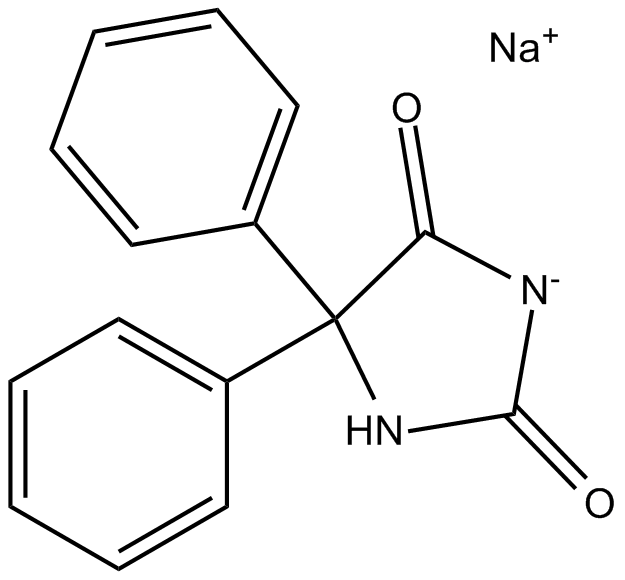 B2272 Phenytoin sodiumTarget: Voltage-gated Sodium (NaV) ChannelsSummary: Sodium channel stabilizer
B2272 Phenytoin sodiumTarget: Voltage-gated Sodium (NaV) ChannelsSummary: Sodium channel stabilizer -
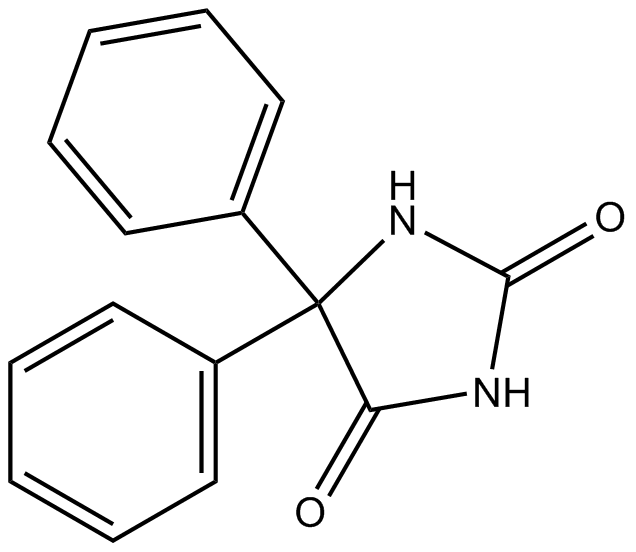 B2271 PhenytoinSummary: inactive voltage-gated sodium channel stabilizer
B2271 PhenytoinSummary: inactive voltage-gated sodium channel stabilizer -
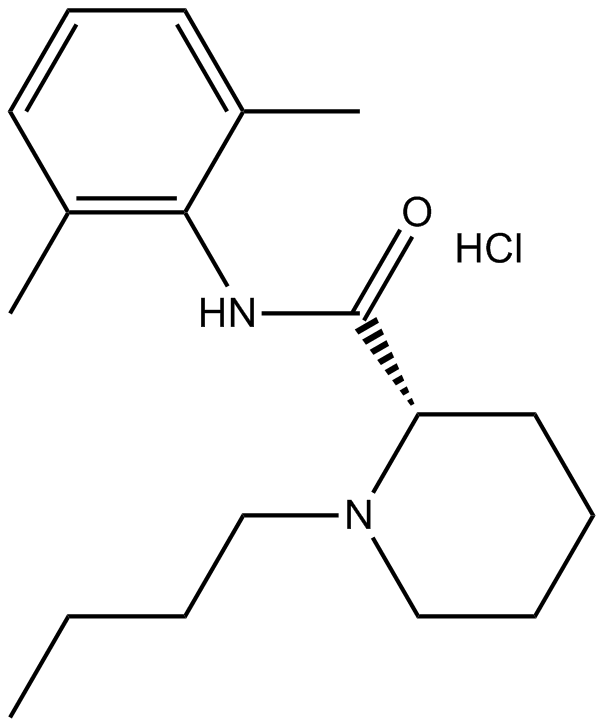 B1420 Bupivacaine HClTarget: Voltage-gated Sodium (NaV) ChannelsSummary: Anaesthetic drug
B1420 Bupivacaine HClTarget: Voltage-gated Sodium (NaV) ChannelsSummary: Anaesthetic drug -
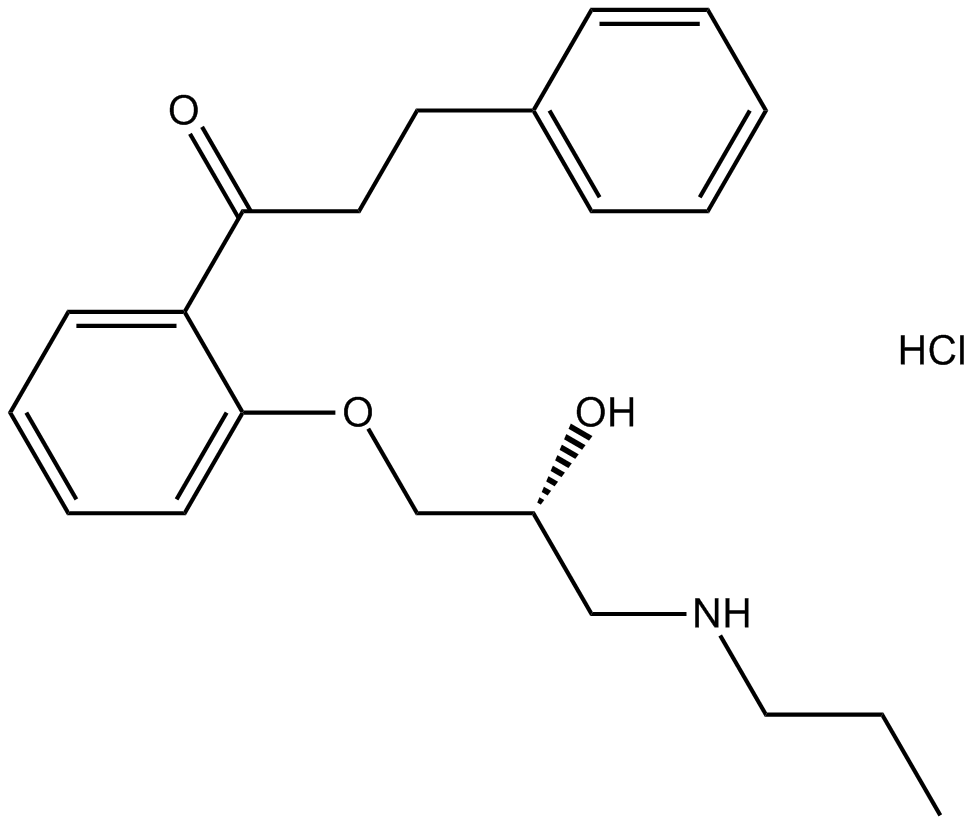 B2281 Propafenone HClSummary: classic anti-arrhythmic medication
B2281 Propafenone HClSummary: classic anti-arrhythmic medication -
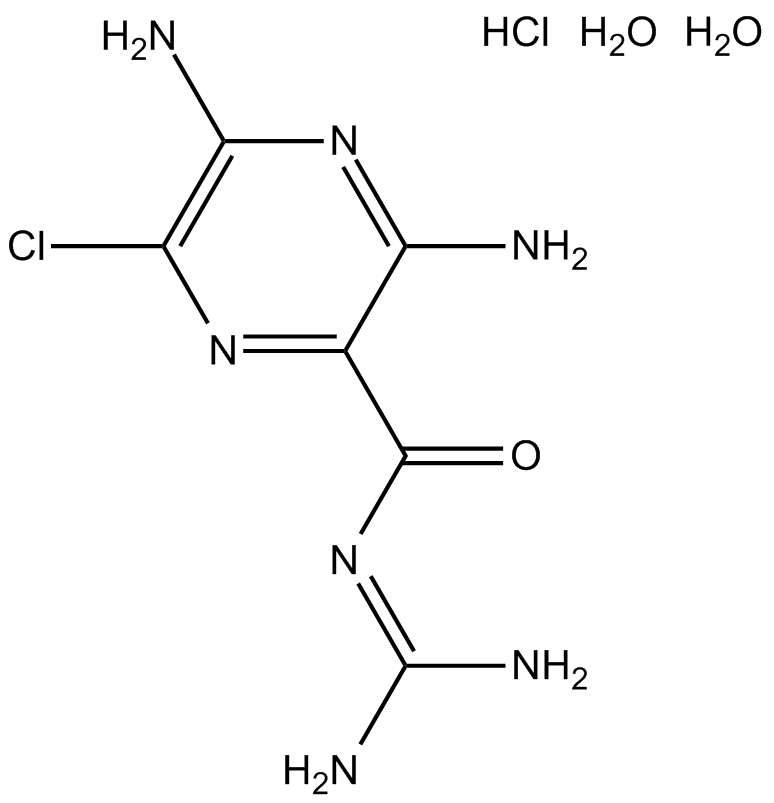 B2268 Amiloride HCl dihydrateTarget: Voltage-gated Sodium (NaV) Channels|Voltage-gated Calcium Channels (CaV)|UrokinasesSummary: potent epithelial sodium channel (ENaC) blocker
B2268 Amiloride HCl dihydrateTarget: Voltage-gated Sodium (NaV) Channels|Voltage-gated Calcium Channels (CaV)|UrokinasesSummary: potent epithelial sodium channel (ENaC) blocker -
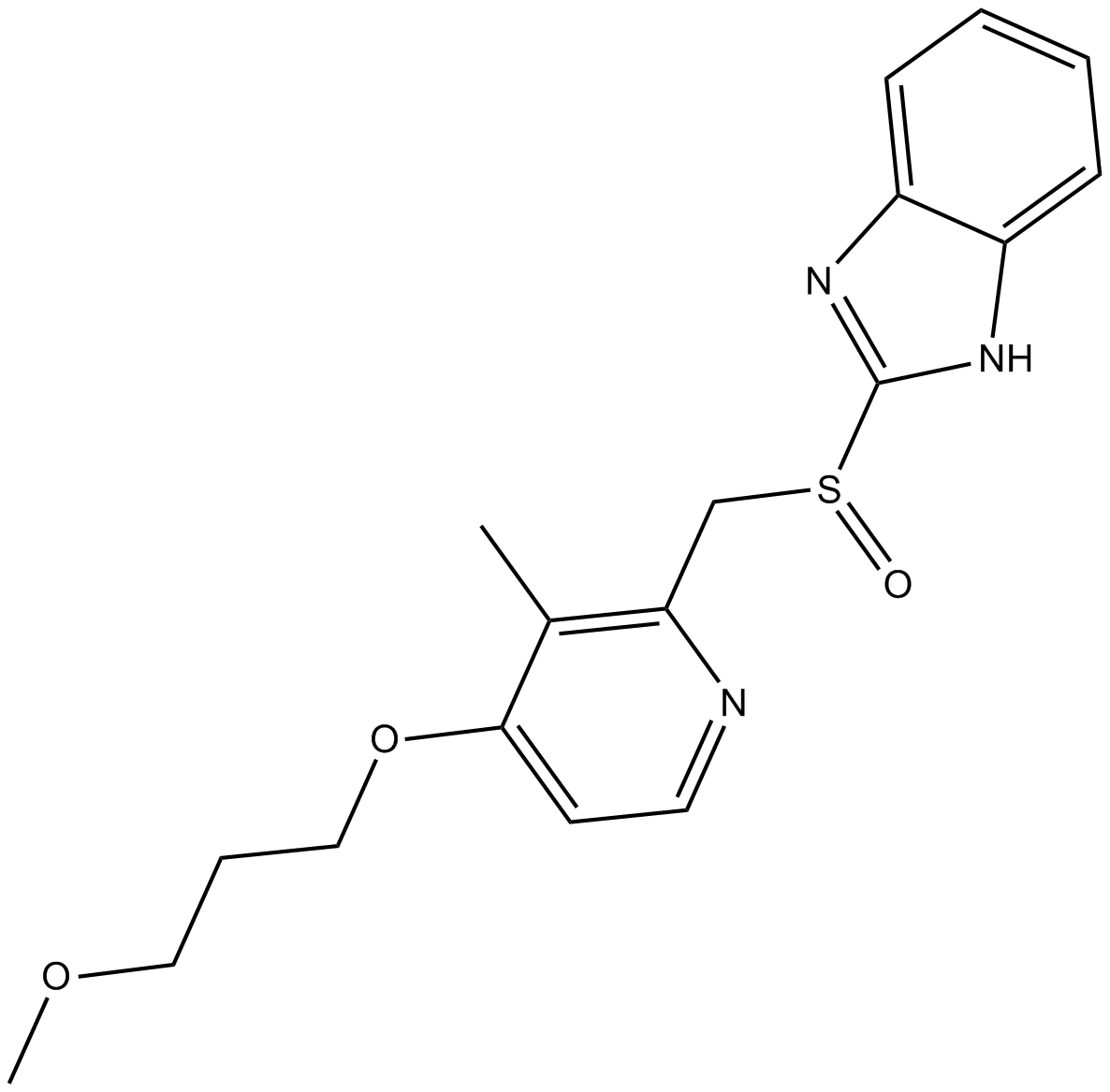 B3467 RabeprazoleSummary: proton pump inhibitor
B3467 RabeprazoleSummary: proton pump inhibitor -
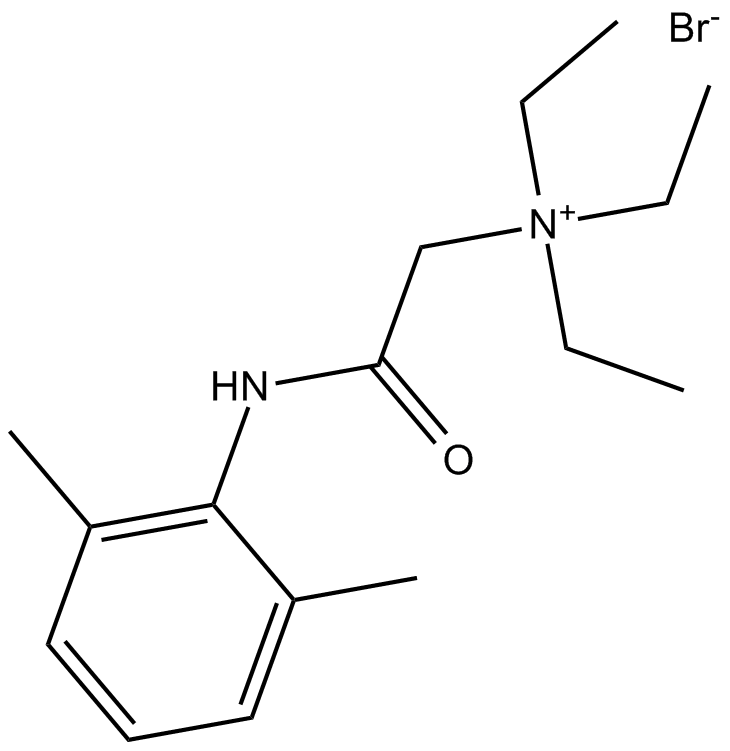 B6547 QX 314 bromideSummary: voltage-activated Na+ channels blocker
B6547 QX 314 bromideSummary: voltage-activated Na+ channels blocker -
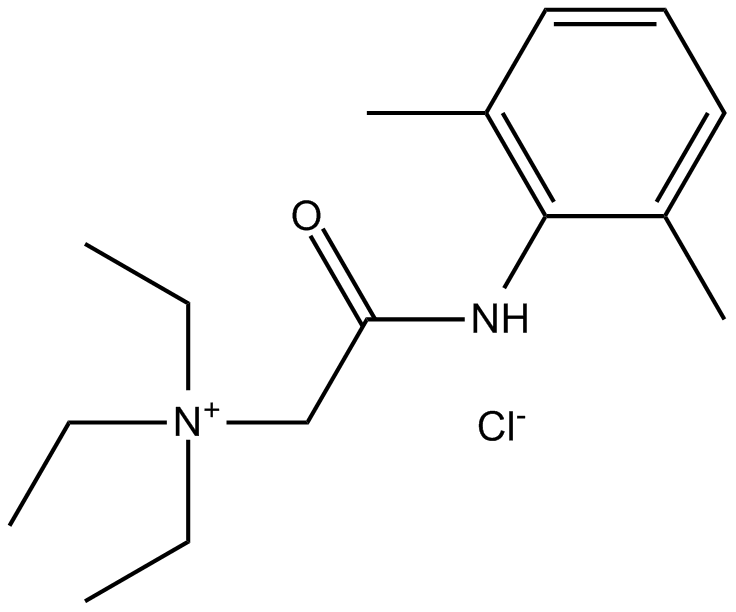 B7015 QX 314 chlorideSummary: A voltage-activated Na+ channel blocker
B7015 QX 314 chlorideSummary: A voltage-activated Na+ channel blocker

